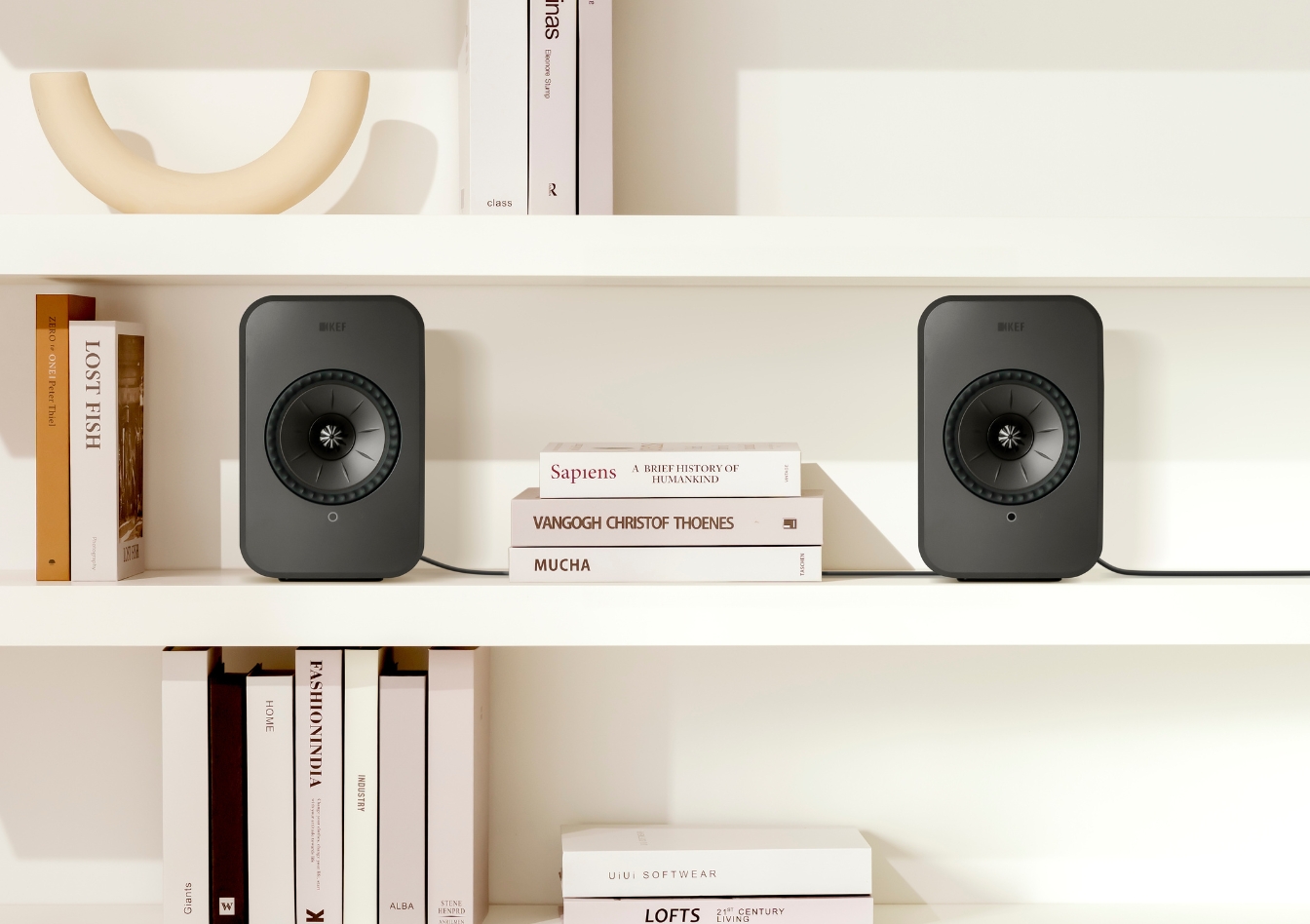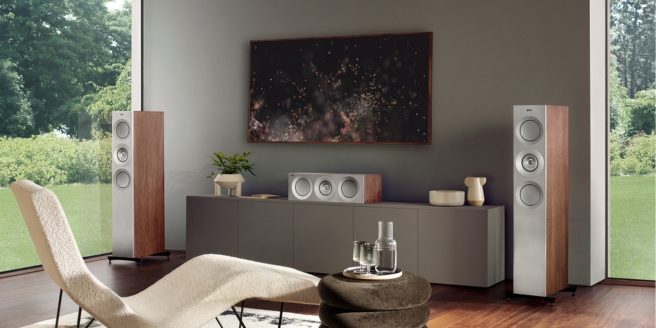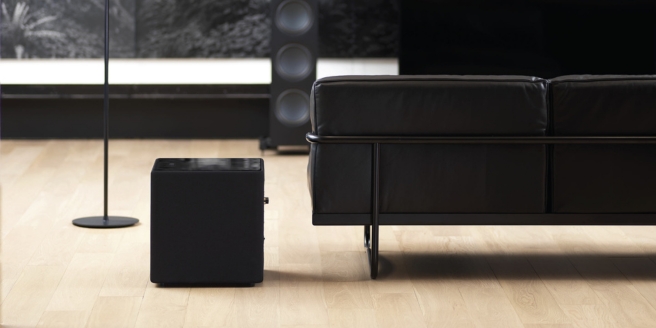In this guide, we'll cover key terminology in your crossover, settings for both low and high pass frequencies, tailoring settings to your listening room acoustics, subwoofer integration and more.
What Are Crossover Settings and Why Are They Important?
Crossover settings split your audio signal into different frequencies, along with dictating which frequencies are strongest. This creates a smoother sound and ensures that your drivers only work within a suitable frequency range.
What is the Low Pass Filter?
Crossover settings split your audio signal into different frequencies, along with dictating which frequencies are strongest. This creates a smoother sound and ensures that your drivers only work within a suitable frequency range.
What is the High Pass Filter?
The High Pass Filter (HPF) lets frequencies above a certain point pass into your speaker’s driver, attenuating all frequencies below this point. It is crucial for the High Pass Filter and Low Pass Filter to complement one another for the smoothest response between all audible frequencies.
What is Attenuation?
Attenuation is the process by which your crossover settings decrease the electrical signal of specific frequencies via an equaliser, thus making others more prominent. Specifically, frequencies above the setting of your Low Pass Filter and below the setting of your High Pass Filter. This isn’t to say that frequencies outside of these boundaries aren’t heard; they are simply less powerful and lower in volume, in accordance with the slope. Because of this, you give surrounding frequencies more prominence.
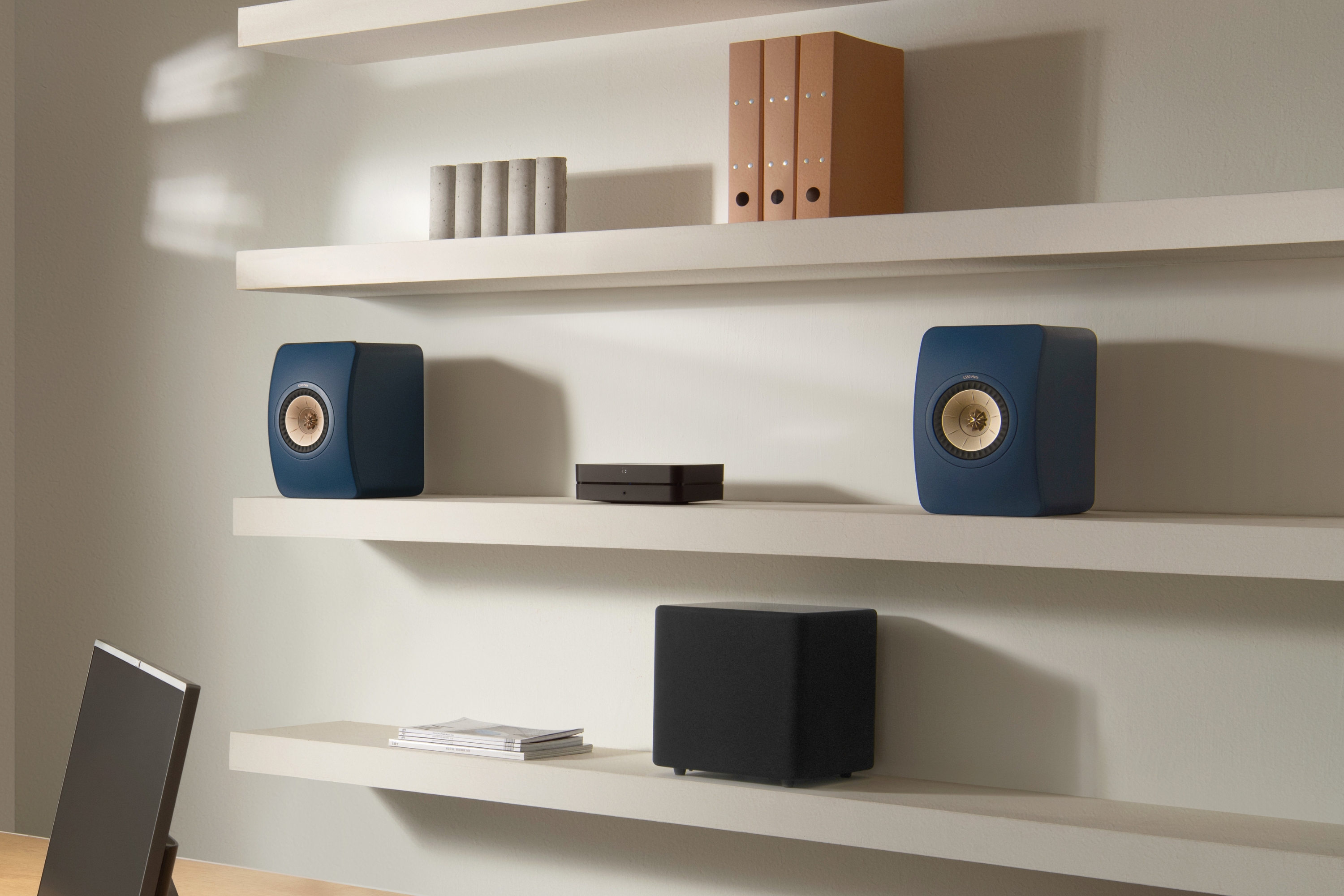
What is the Slope in Audio?
The crossover slope, also known as speaker ‘roll-off’, determines how present frequencies outside of your high-pass and low-pass points are in your soundscape. Every decibel away from your crossover setting that a frequency is, the more it is attenuated.
Crossover slope also tells us how long it will be before all frequencies are attenuated, considering the time delay of electrical components, defining the rate at which the signal increases or decreases per octave. Commonly, this is at a rate of -24 decibels of volume each octave away from the frequency.
A -24 dB slope means the sound level drops by 24 dB for every octave away from the crossover point. So, if you set a High-Pass Filter (HPF) at 80 Hz, then at 40 Hz (one octave below), the sound is 24 dB quieter than it is at 80 Hz.
At half an octave below, which would be around 60 Hz in this case, the sound is reduced by 12 dB. And at 70 Hz (just slightly below the crossover), the drop is only about 6 dB. That’s why it’s important to carefully match your HPF and LPF settings – to make sure the overlap between them gives a smooth and balanced sound.
Understanding Frequency Ranges and Their Role in Audio Clarity
Different crossover frequencies impact how KEF speakers and subwoofers manage frequencies. Setting a crossover at 80Hz typically results in a smoother blend with the subwoofer. 120Hz may help in cases where smaller speakers are less capable of producing lower frequencies, though it might make the subwoofer more localisable.
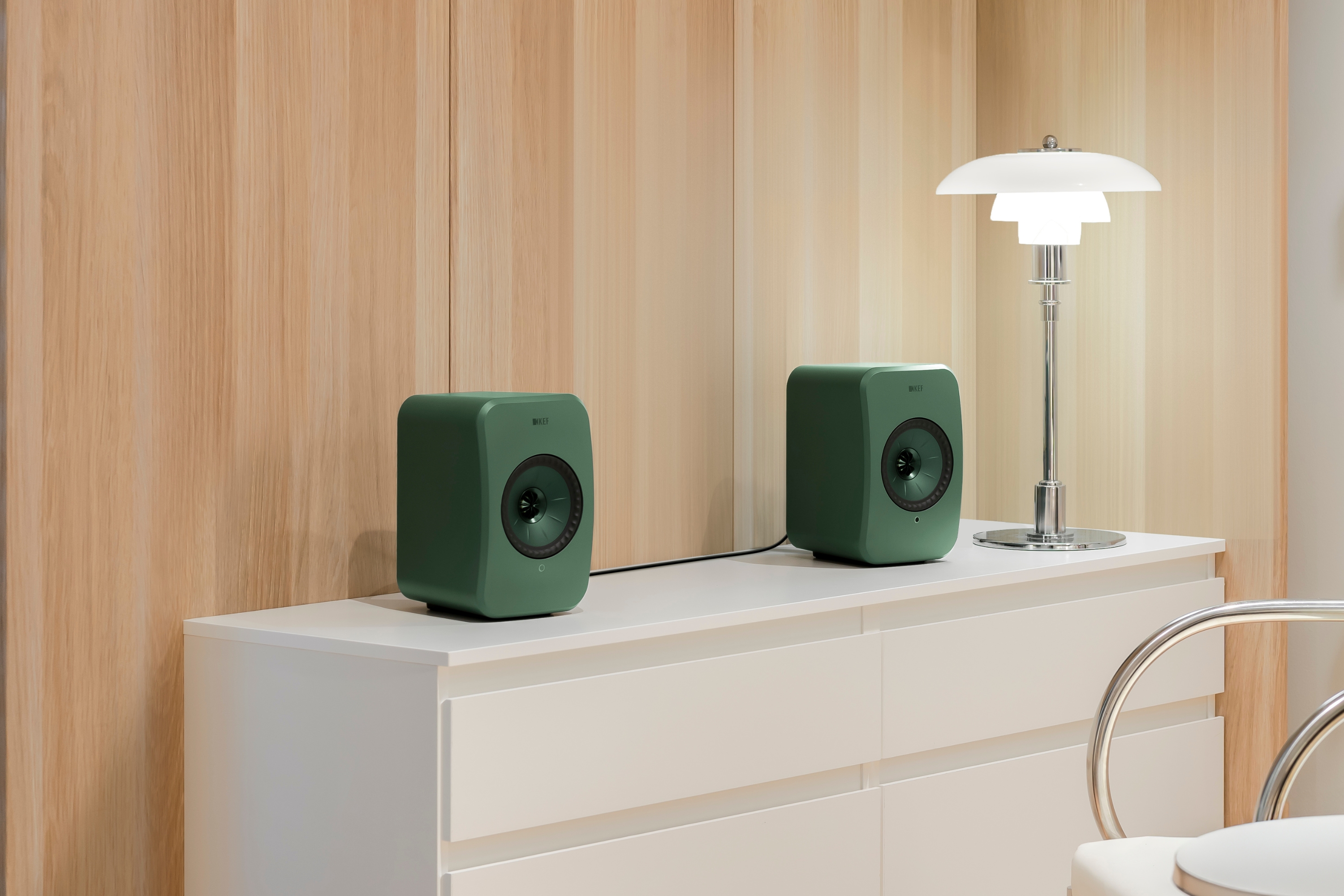
How to Adjust Crossover Settings
For configurations using KEF LS Wireless speakers and KEF subwoofers, subwoofer presets are available in the KEF Connect App, which can be used as an informed starting point for experimentation and tuning to taste and individual setups.
Remember that the High-Pass Filter (HPF) and Low-Pass Filter (LPF) settings should work together as these filters don’t completely cut off all sound above or below the chosen crossover points. There's still important sound information between those points that needs to be handled properly. If you don’t set them carefully, you might end up with either too much or too little sound in that middle range, which can make it hard to get your speakers and subwoofer to blend smoothly.
The aim is to balance your HPF and LPF settings so that they give you an even sound across the full range of what you can hear.
Matching Crossover Settings to Your Speakers and Subwoofer
Constructive phase alignment between speakers and subwoofers is crucial for optimising crossover performance. Misalignment can cause phase cancellation, where certain frequencies are reduced or lost, affecting sound quality. Adjusting the phase controls on the subwoofer can mitigate this issue.
Tips for Fine-Tuning Crossover Settings for Balanced Sound
Typically, the high-pass filter is set between 50 and 120 Hz, while the low-pass filter is 40 - 250 Hz. To find your personal preference, set your low-pass filter at 80 Hz and your high-pass filter at 160Hz, then adjust and experiment as you like.
You can test your settings by playing music at low, mid and high frequencies, listening carefully for distortion as you do so. Bear in mind that speaker placement, room treatment and the quality of your wires can all have an effect.
How Room Acoustics Influence Your Crossover Setup
Room acoustics, such as standing waves or reflections, significantly influence the ideal crossover point. In uniquely shaped homes, it is key to experiment with crossover settings to find the frequency that minimises room mode effects. Using acoustic treatments can also help control adverse effects.
In smaller rooms, using multiple subwoofers requires careful crossover settings to avoid muddy sound or bass overlap. Ensuring even distribution of bass across the room is critical, potentially requiring lower crossover settings to blend seamlessly.
For more expert tips on customising your audio experience, visit our blog.
